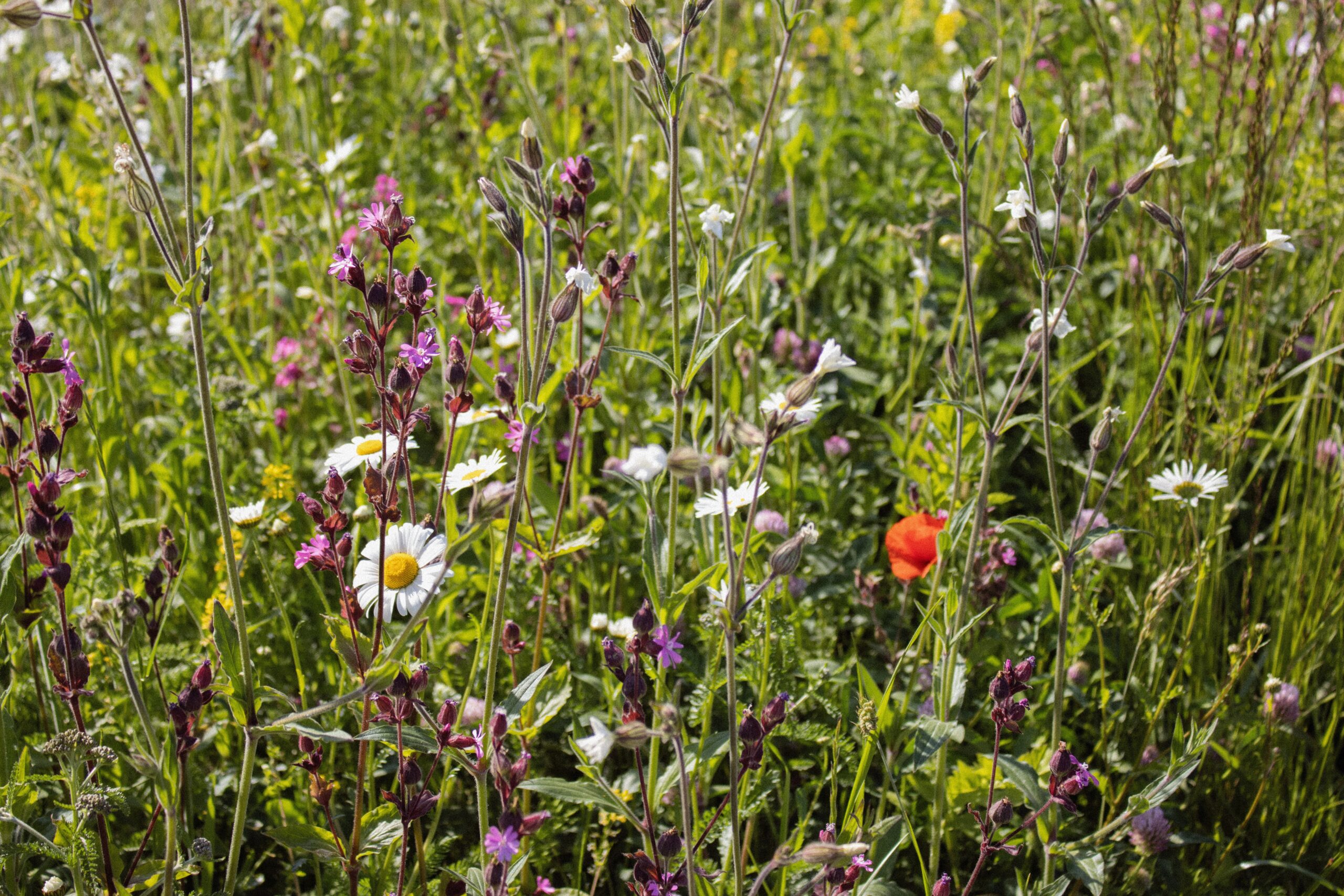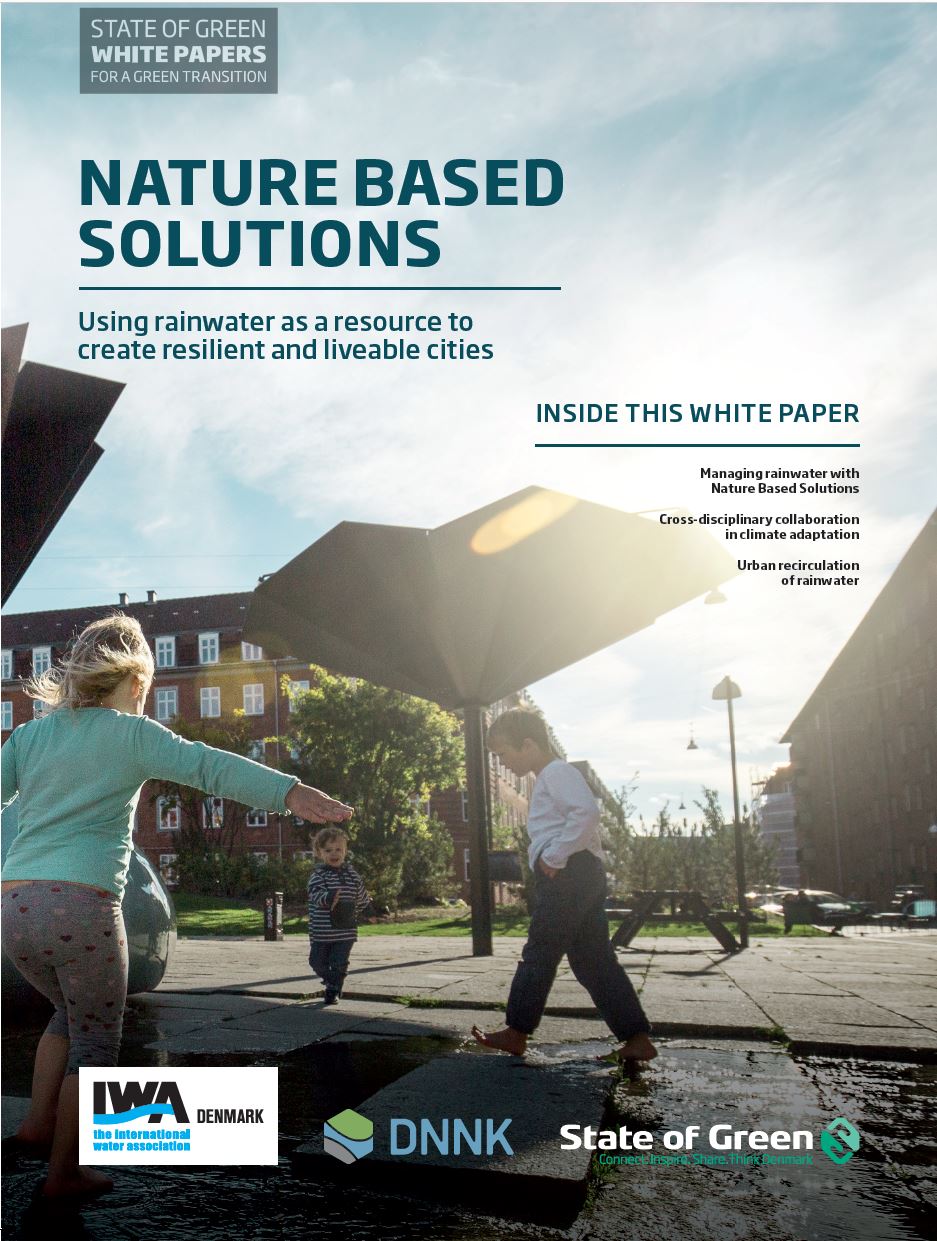Download our publication on nature-based solutions today
This article is part of our publication ‘Nature-based solutions’.
Download nowPerspective
Nature based solutions


Globally, biodiversity is under pressure and the majority of the dying species are threatened as a result of human activities. Vital ecosystems are weakened and food chains are destroyed. In Denmark, consecutive governments have worked to reverse the decline in the diversity of the country’s
nature by creating contiguous and resilient nature areas with improved living conditions for native animals and plants. Another benefit of such areas is the creation of enhanced outdoor experiences for the local community.
The occurrence of NbS solutions such as green roofs, rain gardens and swales can contribute to increasing local biodiversity. NbS and the water cycle are becoming the focal point when creating green corridors and resilient cities by integrating nature into urban life. It is possible to choose a strategy for the
chosen plants in NbS elements to support certain insects (e.g. bees or butterflies) and thereby birdlife, amphibians and/or native plants. Denmark has experience with strategies that support native plants which serve as habitats for certain species – for example salt marshes or meadows. The concept is called ‘Urban Green’ where the plants are selected to ensure that the composition of the plants support each other, forming a symbiosis between the different plants.
The concept is bringing nature back into the cities and creating wild, green and blooming lushness everywhere via rain gardens,
swales and green roofs. In addition to improving green corridors, NbS also offer a number of other benefits for urban life. For example, the urban heat
island effect, i.e. higher temperatures in cities compared to the surrounding countryside, is reduced locally when the number of green areas is increased. There is also a growing overall trend among architects and city planners to find inspiration in nature and to consider both nature and wildlife when planning and designing new urban areas.

This article is part of our publication ‘Nature-based solutions’.
Download nowNews
Climate change adaptation
+5
publications
Climate change adaptation
+11